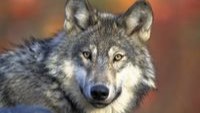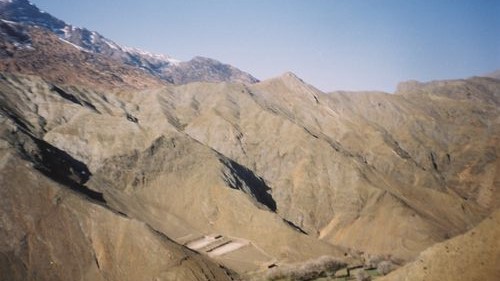Have you ever seen pictures of cattle grazing in the American West? Wild animals also graze on the delicious grasses and shrubs. Some of those wild grazers include elk, white-tailed deer, mule deer, and moose.
Moose are actually the largest type of deer. They’re also the second-largest land animal in North America, just behind the bison. Moose are huge. A male moose, also called a bull, can stand six feet tall at the shoulder and weigh more than 1,500 pounds!
In the spring, bull moose start growing antlers, which by autumn can add another two feet to their height and stretch up to six feet wide. They use those antlers to defend themselves from predators such as bears and cougars, and sometimes to fight with other bulls during mating season. After mating season is over, their antlers fall off.
Moose are excellent swimmers and fast runners, reaching speeds of more than 35 miles per hour. Each of their brown hairs is hollow, and the air trapped inside provides insulation. Their large size and insulating fur make it possible for moose to live in colder areas. Moose live in the northern regions of the United States, including Alaska, and throughout Canada. They prefer forests with streams and ponds.
Moose are herbivores, which means they only eat plants, not meat. They eat leaves, bark, pinecones, twigs, and buds of trees and shrubs. They also munch on plants found in streams and ponds. Researchers estimate one moose can consume more than 60 pounds of plants in a single day.
Unfortunately, invasive weeds are causing problems for moose and other wild animals that depend on native grasses and wetland plants. Some weeds spread quickly and crowd out native plants that should be growing there. They hurt wildlife by eliminating food, and they also cause problems for ranchers who depend on native vegetation to help feed their cattle. Invasive plants also degrade recreational areas, including ponds and lakes popular with both fishermen and moose!
Ranchers, farmers, and other landowners spend a lot of money to remove these invasive weeds and restore their land. Additionally, conservation groups are working with government officials to remove invasive vegetation. In Montana, the Bitter Root Land Trust is removing such plants in the Bitterroot Valley.
By working together with ranchers and other landowners, these wildlife conservation groups can make habitats healthy again. They can ensure there are healthy habitats and enough food for all kinds of wildlife, including the mighty moose.









